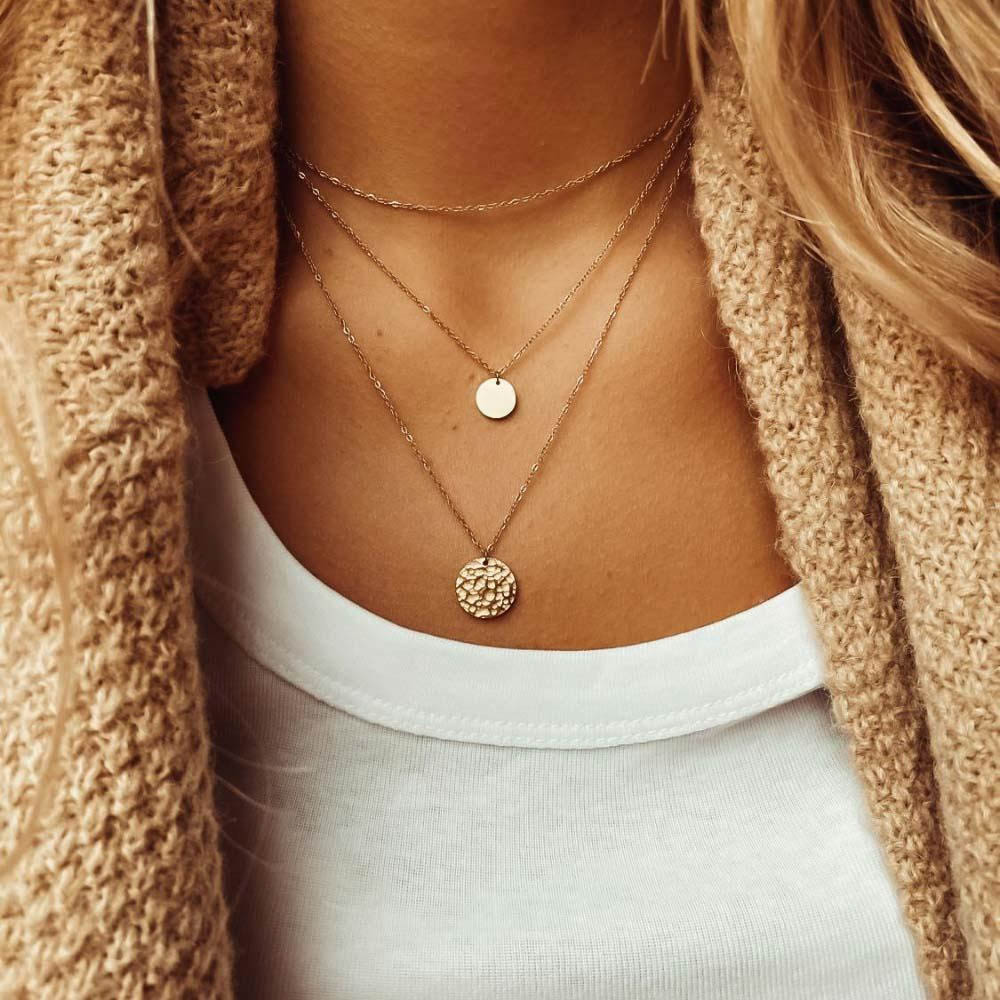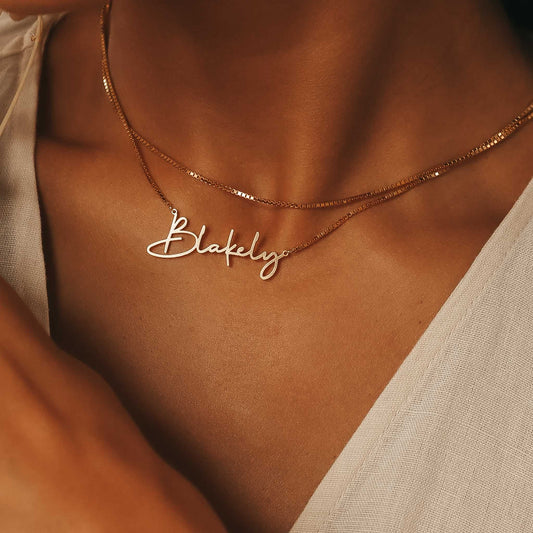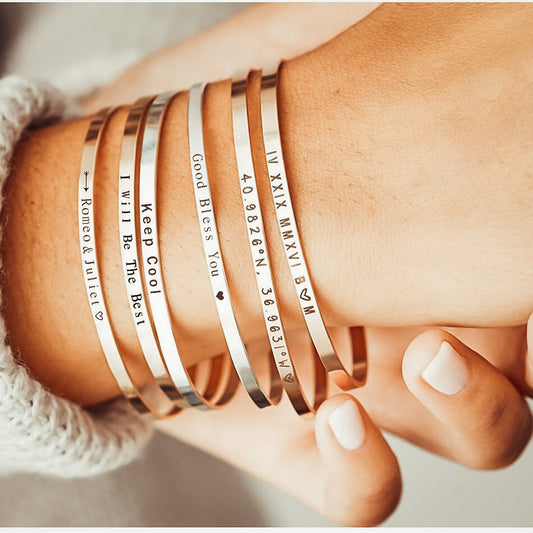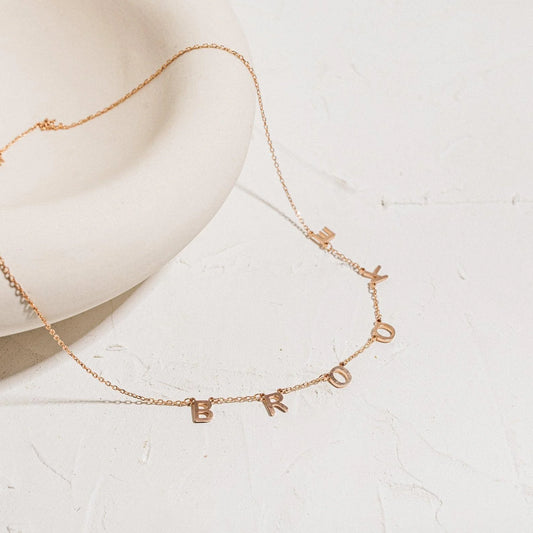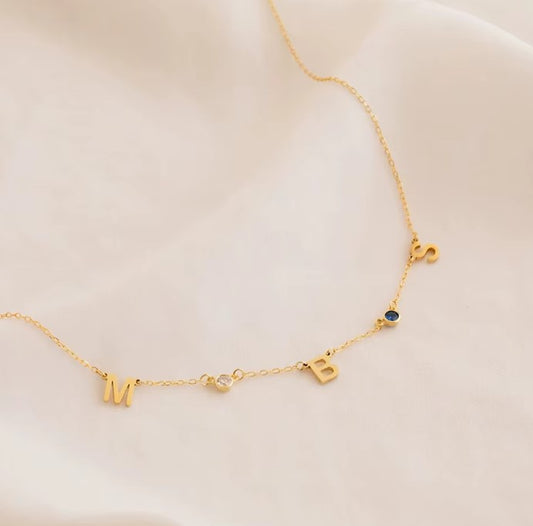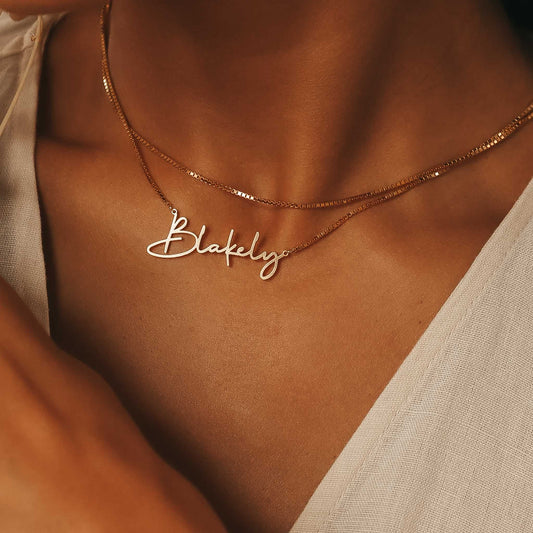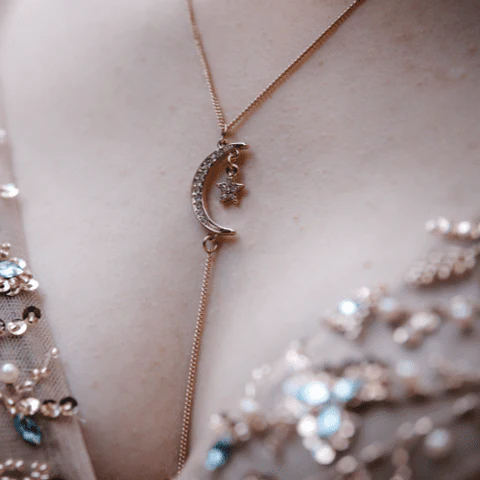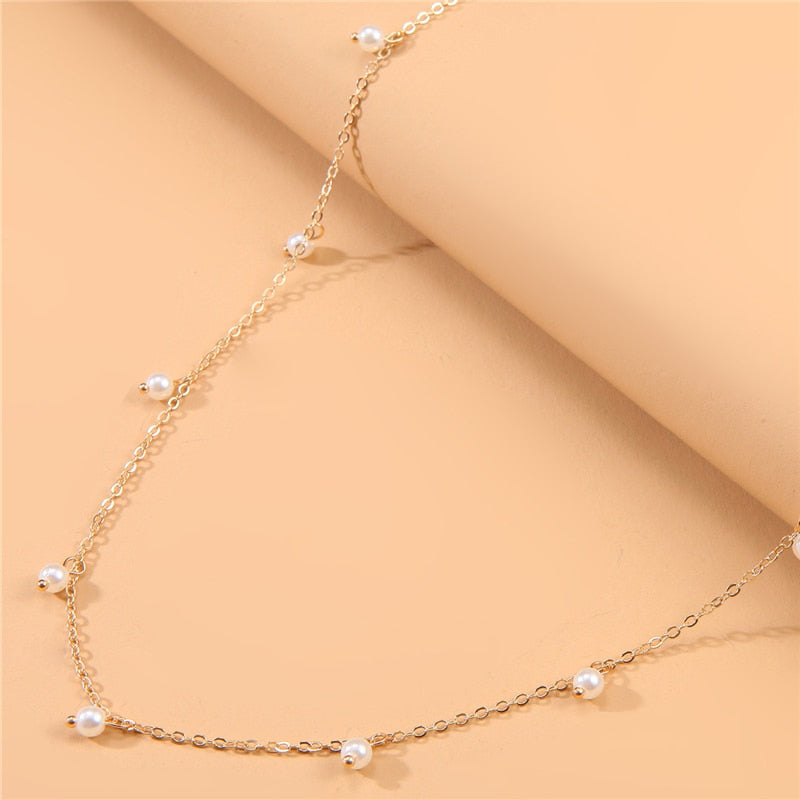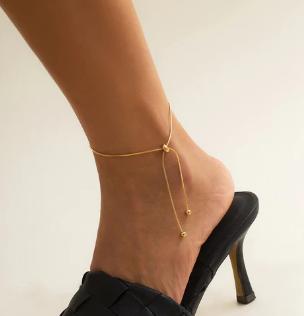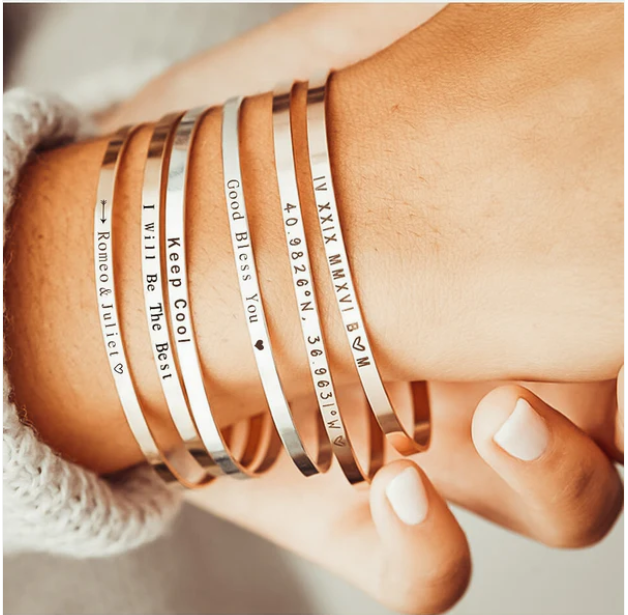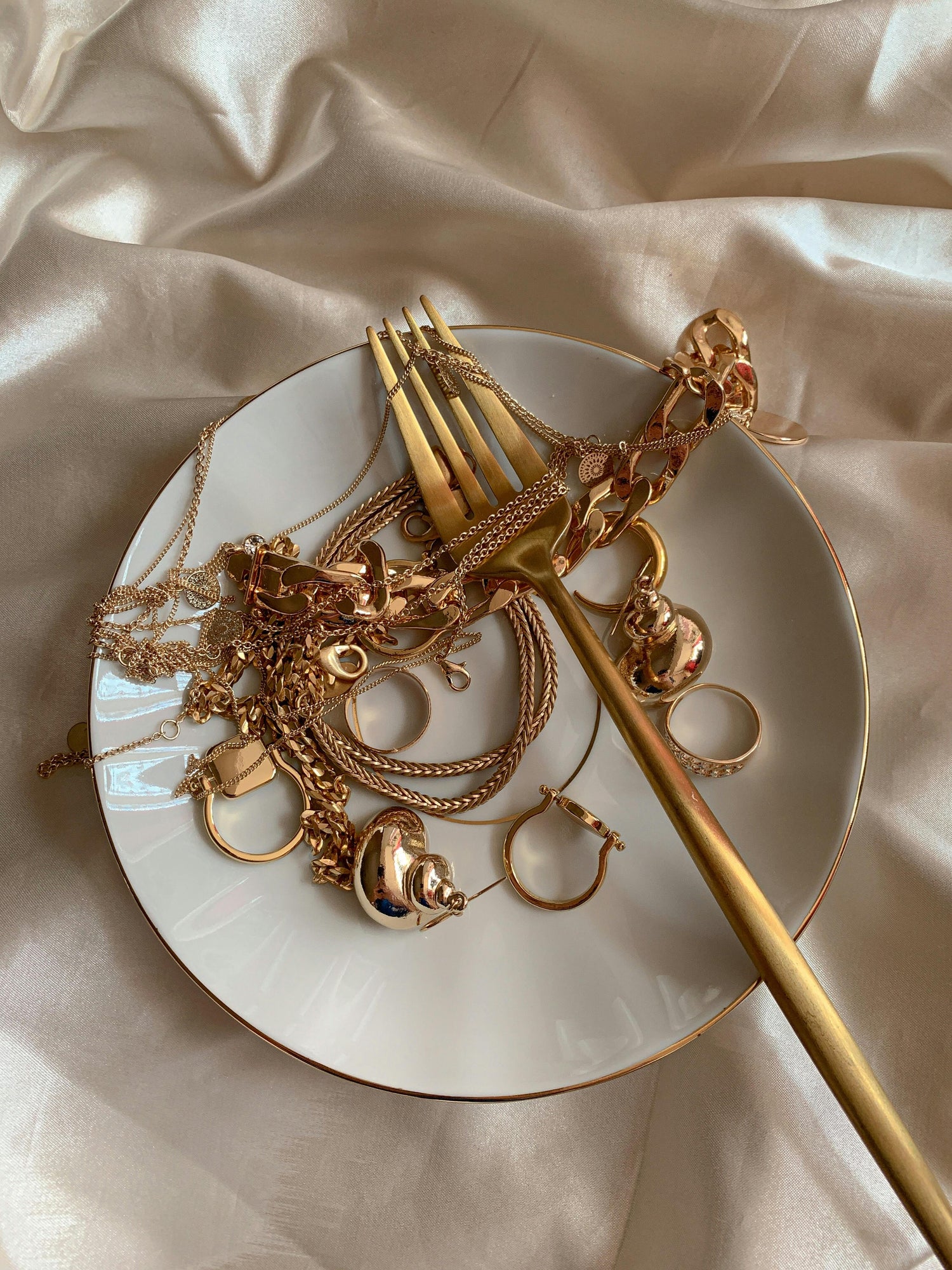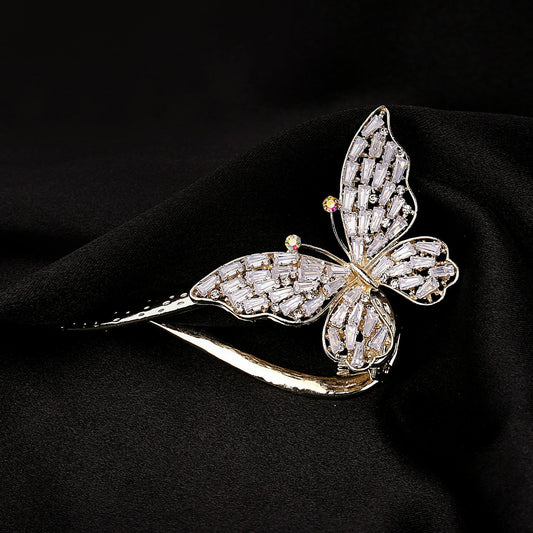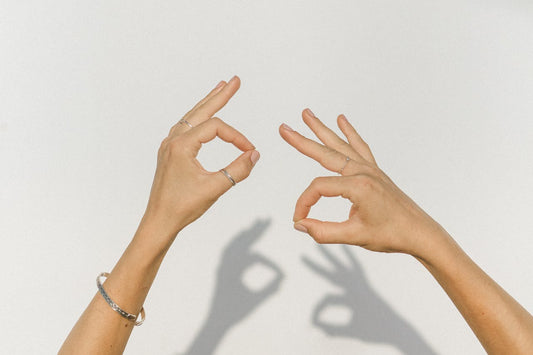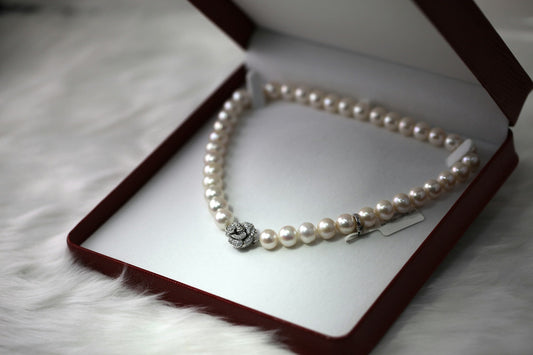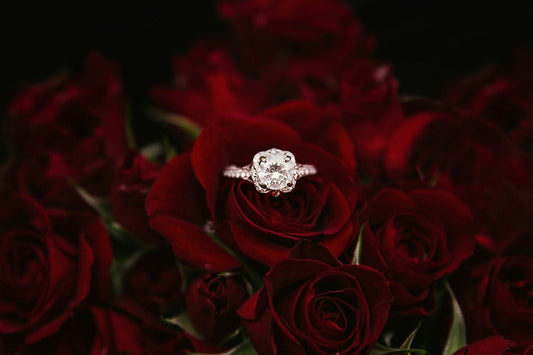Sterling silver jewelry holds a special place in many collections. Its lustrous shine, versatility, and timeless appeal make it a popular choice for everything from delicate everyday pieces to intricate statement designs. However, with its popularity comes the challenge of distinguishing genuine sterling silver from imitations or lower-quality alloys. Ensuring you're purchasing authentic sterling silver is crucial for its durability, value, and hypoallergenic properties. At Ora Gift, we pride ourselves on the quality and authenticity of our jewelry, and we want to empower you with the knowledge to identify genuine sterling silver.
What is Sterling Silver?
Before diving into identification tips, it's important to understand what sterling silver truly is. Genuine sterling silver is an alloy containing 92.5% pure silver and 7.5% other metals, most commonly copper. The addition of copper makes the silver more durable and workable, as pure silver (99.9%) is too soft for most jewelry applications. This specific composition is why genuine sterling silver is often referred to as ".925 silver."
Key Signs to Look For When Identifying Genuine Sterling Silver:
1. The Hallmarks (Stamps): The Most Reliable Indicator The quickest and most reliable way to identify genuine sterling silver is to look for specific hallmarks or stamps on the jewelry itself.
-
"925" or ".925": This is the most common and definitive mark, indicating 92.5% pure silver. You'll usually find it on a discreet part of the piece, such as the clasp of a necklace, the inside of a ring band, or the back of an earring.
-
"Sterling" or "Ster": These are also common stamps that denote genuine sterling silver.
-
Other Marks: Sometimes, you might see "SS" for sterling silver, or marks indicating the manufacturer or country of origin alongside the 925 stamp.
Important Note: While hallmarks are a strong indicator, some very old or handmade pieces might not have them, or they could be worn away. Conversely, counterfeit items can sometimes be stamped misleadingly, so it's wise to use other tests in conjunction.
2. The Magnet Test: Silver is Not Magnetic This is a simple and quick test you can perform at home.
-
How to do it: Hold a strong magnet close to the jewelry.
-
What it means: Genuine sterling silver is not magnetic. If the jewelry sticks strongly to the magnet, it's likely made of a different metal (like steel or iron) or contains a significant amount of magnetic alloys. A very slight pull might indicate a small amount of magnetic alloy, but a strong pull is a red flag.
3. The Tarnish Test: A Sign of Authenticity, Not a Flaw Contrary to popular belief, genuine sterling silver does tarnish. Tarnish is a natural oxidation process that occurs when silver reacts with sulfur compounds in the air, moisture, and certain chemicals, causing it to darken (often turning black or brownish).
-
What it means: If a piece of "silver" jewelry never tarnishes, it's likely not sterling silver. It might be stainless steel, rhodium-plated base metal, or another alloy.
-
Cleaning: Tarnish can be easily removed with a soft polishing cloth specifically designed for silver or a gentle silver cleaning solution.
4. The Smell Test: No Strong Metallic Odor Genuine sterling silver should not have a strong metallic smell.
-
What it means: If the jewelry has a distinct, strong metallic smell, especially after handling it for a while, it might indicate a higher content of copper or other base metals that react with your skin's oils.
5. Weight and Feel: A Certain Heft Pure silver is a relatively dense metal, and this density translates to a noticeable weight.
-
What it means: Genuine sterling silver jewelry will often feel heavier than similar-sized pieces made from lighter, cheaper metals like aluminum or some alloys. It also tends to feel cool to the touch.
6. The Acid Test (Professional Use Only): This is a definitive test but involves using nitric acid, which is corrosive and dangerous. It should only be performed by a professional jeweler or appraiser who has the proper tools and safety precautions. They will apply a small drop of acid to an inconspicuous area of the metal and observe the reaction.
7. Price Point: Be Wary of "Too Good to Be True" Deals While sales and discounts are common, if a piece of "sterling silver" jewelry is priced exceptionally low compared to market value, it should raise a red flag. Genuine silver is a precious metal and has an inherent value.
Identifying genuine sterling silver jewelry allows you to make informed purchases and ensures you're investing in quality pieces that will last. By looking for hallmarks, performing simple at-home tests, and understanding the natural properties of silver, you can confidently build your collection. At Ora Gift, we are committed to providing you with beautiful, authentic jewelry that you can cherish for years to come.
